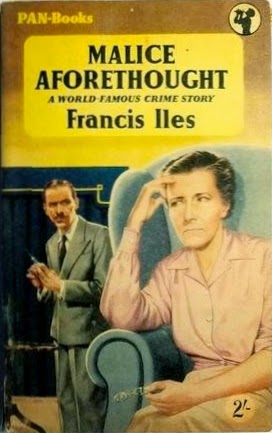Charles Willing Beale’s 1897 short novel The Ghost of Guir House is a ghost story but it also belongs to the category of esoteric occult fiction that was so popular in the late 19th century and in fact until well into the 20th century.
Charles Willing Beale (1845-1932) was an American who led a rather adventurous life and was apparently renowned for various impressive feats of strength (he was clearly one of those writers who believed in living a life of action). As well as The Ghost of Guir House he also wrote a science fiction novel, The Secret of the Earth.
The Ghost of Guir House is heavily influenced by the strange but immensely popular Theosophical speculations of Madame Blavatsky. The novel combines a ghost story, and a rather good one, with a good deal of spiritual and metaphysical philosophising about the nature of reality, the conquest of death and the links between the spirit world and our world. This might sound like a dubious combination but in practice it works quite well. The shortness of the novel is a major asset and even if you find the spiritual stuff to be a bit silly it doesn’t really hold up the action too badly.
The story starts with Paul Henley, who receives a letter from a young woman named Dorothy Guir. He has never heard of her or her family and in fact the letter had been intended for a different Paul Henley but he decides to answer it anyway. He arranges to meet her at an obscure railway station in a remote part of Virginia. They then travel to her home, Guir house, a place that for some inexplicable reason seems to be shunned by the locals.
Guir House is gloomy but oddly impressive and it has a very old-fashioned feel to it. Dorothy explains that it was built more than a hundred years earlier and it has more of the feel of the 18th century than of the late 19th century. Dorothy herself dresses in a fairly archaic style as well. Henley is not perturbed by this - the isolation of Guir House is enough to explain why it and its inhabitants seem like relics from the past.
Apart from a deaf-mute servant Guir House has only two inhabitants, Dorothy and a very old man known somewhat mysteriously as Ah Ben. Ah Ben certainly has some strange notions, which he expounds to a perplexed Paul.
Paul and Dorothy are obviously attracted to one another but Dorothy’s behaviour is rather puzzling. She talks of marrying Paul but hints at mysterious obstacles to their marriage.
There are clearly secrets in Guir House but they are much stranger than Paul suspects, and probably stranger than most readers will suspect.
Even if you don’t buy into the Theosophical stuff and even if you find some of the events to be somewhat bizarre and outrageous there’s still a decent ghost story here and the book is certainly original and weird and generally fairly entertaining.
This short novel (really more a novella) is included in Dover’s excellent anthology Five Victorian Ghost Novels, edited by E. F. Bleiler. It was published in 1971 but it appears to be still in print and used copies are easy to find.
The Ghost of Guir House is oddly fascinating. Highly recommended if only for its strangeness.







